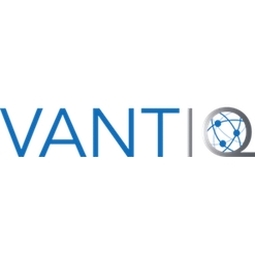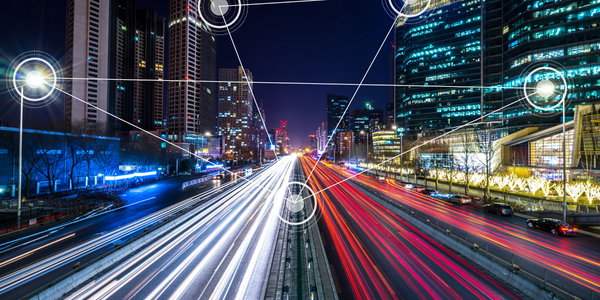VANTIQ
Case Studies
Developing a Smart City of the Future: The Case of Port City Takeshiba
Overview
 |
Developing a Smart City of the Future: The Case of Port City TakeshibaVANTIQ |

|
Analytics & Modeling - Real Time Analytics Application Infrastructure & Middleware - Event-Driven Application | |
Cities & Municipalities Transportation | |
Product Research & Development Quality Assurance | |
Real-Time Location System (RTLS) Smart City Operations | |
System Integration Testing & Certification | |
Operational Impact
| The implementation of Vantiq's platform in Takeshiba resulted in several operational benefits. One of the most notable is the interactive digital signage systems that react to changes in the environment or even who is currently viewing the sign, opening up new potential use cases and business opportunities for SoftBank. Additionally, Takeshiba serves as a development sandbox for future smart city projects, allowing SoftBank to deploy robots, drones, 5G, and other new technologies into a living, breathing city. This gives SoftBank a competitive edge and enables them to rapidly expand these technologies to other smart city projects around the globe. Lastly, the agile development framework provided by Vantiq allows SoftBank to quickly adapt to unforeseen events, such as the COVID-19 pandemic, by incorporating social distancing procedures, automated cleaning systems, PPE compliance detection, and more into their smart city systems. | |


